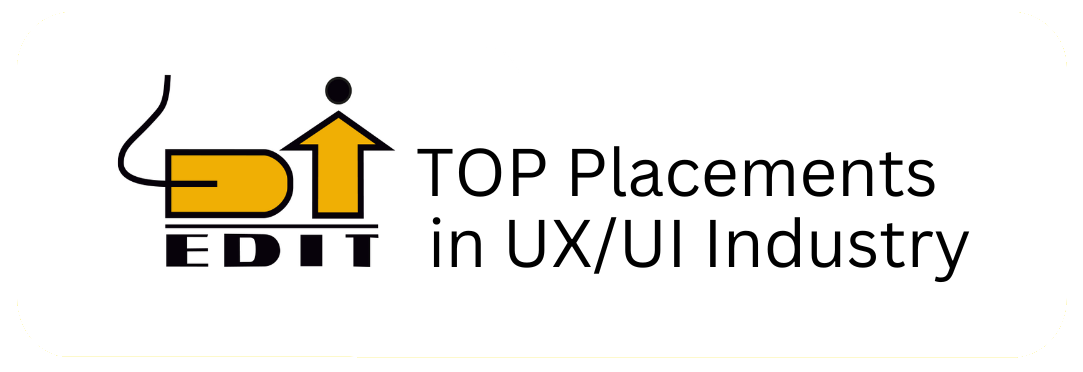UX LENS
News and Tips

E-commerce Optimization
Ecommerce Optimization is key in today’s digital world, where people shop online every day. A smooth, secure, and easy-to-use website helps build trust and keeps customers coming back. As a UX designer, you can improve both the user experience and site performance by focusing on smart design, speed, and security. With the right optimization, you not only make shopping easier but also increase sales and customer satisfaction.
In this blog, we’ll explore simple, practical tips and strategies to help you improve your e-commerce site. Our goal is to provide clear and actionable advice that can help you attract more customers and increase your revenue.
Join us as we dive into the world of e-commerce optimization and learn how to make your online store the best it can be!
Statistics:

Moreover,
Ecommerce Optimization is more important than ever in today’s digital world. Marketers have found that using brand-consistent fonts can increase engagement by 30%. Adobe’s research also shows that responsive design boosts cross-platform consistency, resulting in a 20% engagement increase. These statistics clearly show how ecommerce optimization can directly improve user experience and business results..
What are some of the strategies for ecommerce optimization?
E-commerce optimization is crucial for increasing revenue and improving the overall performance of your online store. Here are some strategies to consider:
- Keyword Research: Understand how people search for your products and optimise your website for relevant keywords. Use tools like Google Keyword Planner or Semrush Keyword Magic Tool.
- Navigation: Create a clear and user-friendly navigation system. Make it easy for visitors to find what they’re looking for.
- Product Listings: Enhance your product listings by providing detailed descriptions, high-quality images, and critical keywords.
- Mobile Optimization: Optimise your site for mobile devices. A responsive design ensures a seamless experience across different screens.
- CTA Buttons: Use clear and compelling call-to-action buttons to guide users toward desired actions (e.g., “Buy Now,” “Add to Cart”).
- Cart Abandonment: Address cart abandonment by sending follow-up emails, offering discounts, or simplifying the checkout process.
What are the key strategies for Ecommerce optimisation?
Ecommerce optimization in UX/UI design is essential for creating a seamless, enjoyable shopping experience on your online store. Let’s dive into some key strategies:
Prioritise Function Above All:
- Start by ensuring your website loads quickly and consistently across devices.
- Organise navigation menus with users in mind.
- Meet the latest accessibility standards.
- Ensure users are taken to the right place when they click links or buttons.
- Optimise for mobile devices.
- Craft effective copy that conveys information and represents your brand.
Build Sales Funnels, Not Web Pages:
- Design your site with the customer journey in mind.
- Guide users seamlessly from their first click to purchase.
- Consider landing pages for specific products or blog posts as entry points.
Personalization Matters:
- Tailor recommendations based on user behaviour.
- Use dynamic content to show relevant products.
- Leverage user data to enhance the shopping experience.
Streamline Checkout Process:
- Minimise steps required to complete a purchase.
- Opt for guest checkout options.
- Clearly display shipping costs and return policies.
Performance Optimization:
- Optimise images and reduce page load times.
- Implement lazy loading for images and videos.
- Use caching techniques to improve overall performance.
Conversion Rate Optimization (CRO):
- A/B test different elements (CTAs, product pages, etc.).
- Optimise product listings with high-quality images and compelling descriptions.
Remember, exceptional UI/UX design isn’t just about aesthetics—it’s about creating a functional, delightful experience that drives sales and fosters customer loyalty.
Placement of the week

Manasi Yogesh Sabnis - BE Computer Engineering
Dedication to learning and practice is key. This course strengthened my understanding of UI/UX fundamentals. Case study creation and regular work reviews were beneficial. The support provided for interview prep, portfolio feedback, and job applications was proactive. It’s a wonderful kickstarter for a UI/UX design career. Yes, it was a good experience with practical learning. The course content was well-curated and up-to-date. It’s great because it marks the beginning of a dream.
